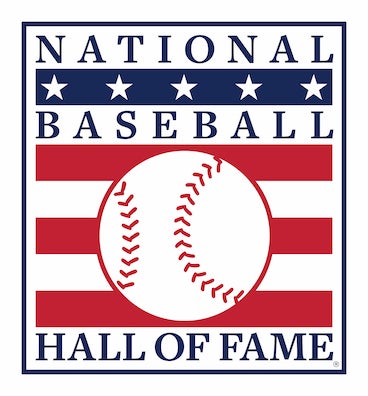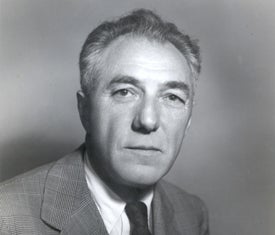Fentennial
Cursed and loved, neglected and saved, Fenway Park patiently weathered all challenges and persevered. After a century of memories and impossible dreams, the field and its fans have earned a celebration.
Sitting in Fenway today, fans can see history all around them: left field’s unmistakable Green Monster and Carlton Fisk’s foul pole; the diamond, where Boston’s pitchers, fielders and hitters etched their timeless feats; the grandstand, built in 1912 and augmented again and again, yet a familiar home to Fenway’s faithful fans and staff; and right field, with Williamsburg edging the jagged expanse of turf, the Pesky Pole and the retired numbers of the greatest Sox.
Fenway Park is thriving at the age of 100. While most ballparks of the same era have been replaced, the field in Boston’s Fens remains a cherished landmark in the heart of New England.
Genesis
A Park is Born
Like other major league ballparks built in the 1910s, Fenway Park was funded by the team’s owners. Charles Taylor and his son John, who together controlled the Red Sox, had been renting the Huntington Avenue Baseball Grounds. Seeing an opportunity to turn a sizable profit as the club’s landlords, they made the unconventional decision to sell control of their team to finance the building of their own ballpark.
The Taylors invested in the Fenway, an area which had been reclaimed from marshland and was ripe for growth. They called the ballfield “Fenway Park” to promote further neighborhood development.
Uneven streets surrounded the new park, which put left field below ground level. To prevent fans from peering into games for free, they built a 25-foot-high wall. The footprint and character of Fenway Park were in place, though many of the stadium’s familiar quirks would be introduced in 1934 by new owner Tom Yawkey.
Left Field
Duffy’s Cliff
Originally, a ten-foot-high embankment supported the left field wall. The hill is remembered for confounding outfielders and for the man who mastered it, left fielder Duffy Lewis. New owner Tom Yawkey lowered “Duffy’s Cliff” in the ballpark’s 1934 reconstruction.
“I experimented with every angle of approach up the cliff until I learned to play the slope correctly. Sometimes it would be tougher coming down the slope than going up.” – Duffy Lewis


